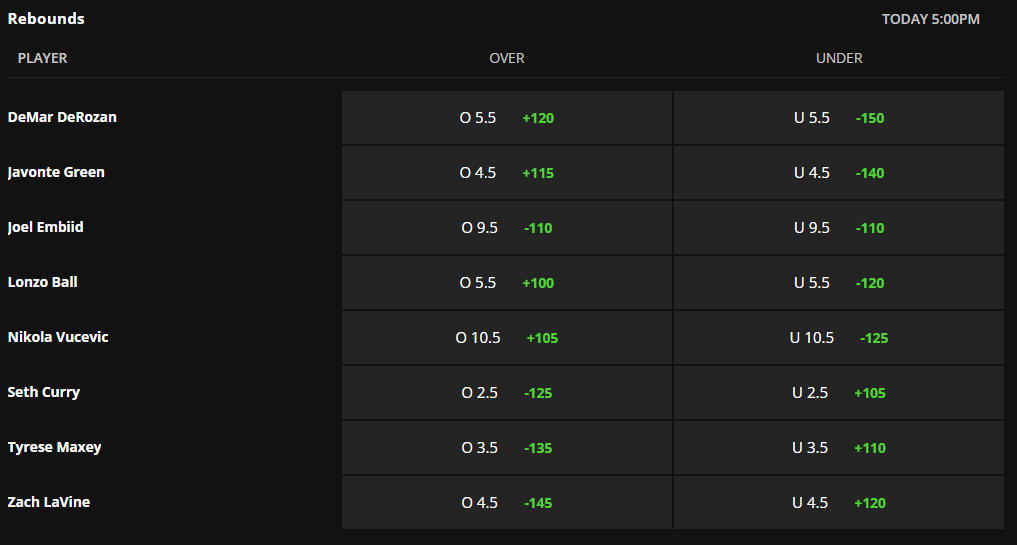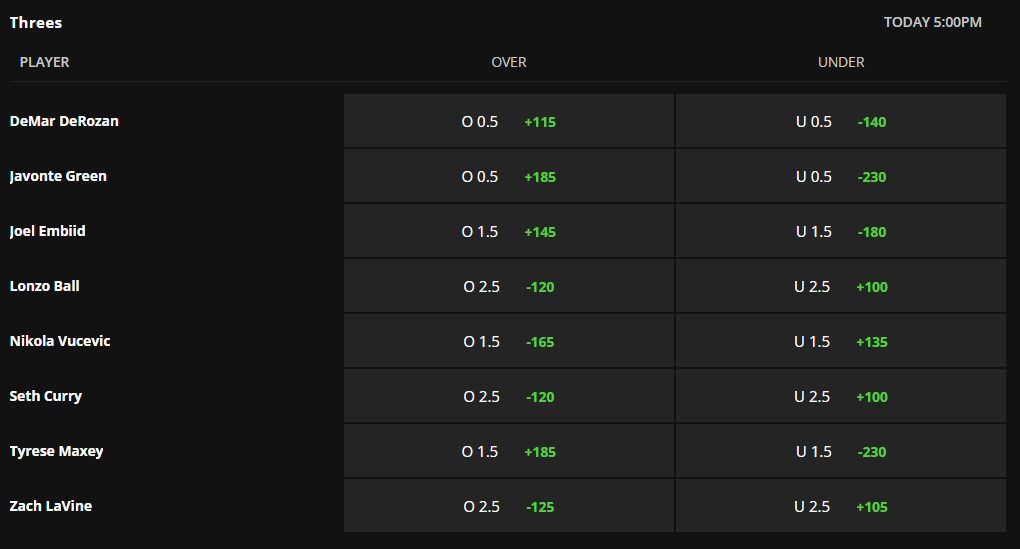You're Never Just Betting One Thing: An Intro to Correlated Outcomes
If you believe one market is different, you have to believe all markets are different.
When someone makes a sports bet, it’s based on a belief that the number offered by the sportsbook is different from that person’s estimate of the true line. Their reasons for why they think the true line is different could be anything- one team’s defense is underrated, the other team doesn’t play well after a back-to-back, a team’s style presents a difficult matchup, etc.- but their reason is compelling enough for that person to bet money on their conviction. Most of the time, that person is betting their conviction on a standard market like the point spread, since those are the most accessible and well-understood markets. But whether they know it or not, once someone places a bet on any market, they are communicating they think a lot of the book’s other lines in other markets are also different.
Let’s look a typical NBA game to illustrate. Right now, the Sixers/Bulls game on 11/6 is priced at Bulls -4 at DraftKings with an over/under of 215.5:
From spreads and totals, we can estimate what the sportsbook thinks each team’s exact point totals will be:
(Bulls score - Sixers score) = 4
(Bulls score + Sixers score) = 215.5
Add the above lines:
Bulls score + Bulls score = 219.5
Bulls score = 109.75
Sixers score = 105.75
So on average, the book thinks the Bulls will score 109.75 points and the Sixers will score 105.75 points. Now, let’s say someone likes the Bulls to cover for whatever reason (extra-motivated Demar Derozan, matchup difficulty for Joel Embiid, etc.). If they like the Bulls to cover, they are communicating they think the Bulls should be favored by more than 4 points. Let’s say this person thinks the Bulls should actually be favored by 7 points, and they don’t have a strong opinion on the total. Rerunning the same math from above, here’s how this person thinks the final score will be on average:
(Bulls score - Sixers score) = 7
(Bulls score + Sixers score) = 215.5
Add the above lines:
Bulls score + Bulls score = 222.5
Bulls score = 111.25
Sixers score = 104.25
By saying the Bulls should be favored by more, you’re also saying the Bulls will score more total points than the sportsbook expects and the Sixers will score less total points than the sportsbook expects. If you believe both of these things to be true, there are many ways to bet that belief besides the spread bet you started out with:
You can bet on team over/under totals for the entire game. Since we already deduced what your implied belief is for each team-specific total, you can search for team totals across all books that may give you a better price than betting the spread.
You can bet on spreads, totals, and team totals for specific quarters and halves of the game as well. If you believe the true spread should be Bulls -7, you also likely believe they will outscore the Sixers by 3.5 in either the first or second half. Outside of an overtime-specific cover, it is mathematically impossible for the Bulls to not cover one of the half bets and cover for the whole game.
You can bet on player props for points scored. The player props markets typically offer an over/under for points scored for each player in the game, and the sum total of the player prop points across all books is very close to the team totals market (but not necessarily equal, since player props aren’t typically offered on bench players). If you believe one team’s total is different than the book’s team total, then by definition you have to believe at least one of the player props has to be different as well.
You can bet on correlated props to the team totals as well. If you believe the Bulls will score more points than expected, they will probably make more baskets than expected, thereby giving the Sixers fewer rebound opportunities and presenting an angle to bet the under on Sixers rebounds props. Similarly, more Bulls points than expected will likely result in more Bulls assists and 3 pointers than expected, presenting an opportunity to bet these prop markets as well.
This all started with the simple act of betting on a single spread bet. That spread bet, however, is correlated to a lot of other bets within the same game. These correlations are the foundation for a very powerful principle for attacking sports betting markets:
If you believe one thing is different, you have to believe everything else is different.
The reason this principle is so powerful is it allows you to act (i.e. bet) on your beliefs not just on a single market for a game, but on potentially every market for a game. And once you accept that you can bet every market to act on your beliefs, you can search every market for the best possible price offered to you in order to maximize your returns.
For most bettors, this sounds nice in theory, but if they’re used to betting sides/totals, they may not know how to correlate their usual beliefs into correlated beliefs, nor will they have the time to scan every market at every sportsbook to surface those correlated markets with good prices. Fortunately, we’ll have some tools available soon to help with that process. But these tools will only be useful in the hands of bettors who understand that winning sports betting comes from understanding exactly what your beliefs are, and being uncompromising in seeking out the best possible return for your beliefs at all times.










